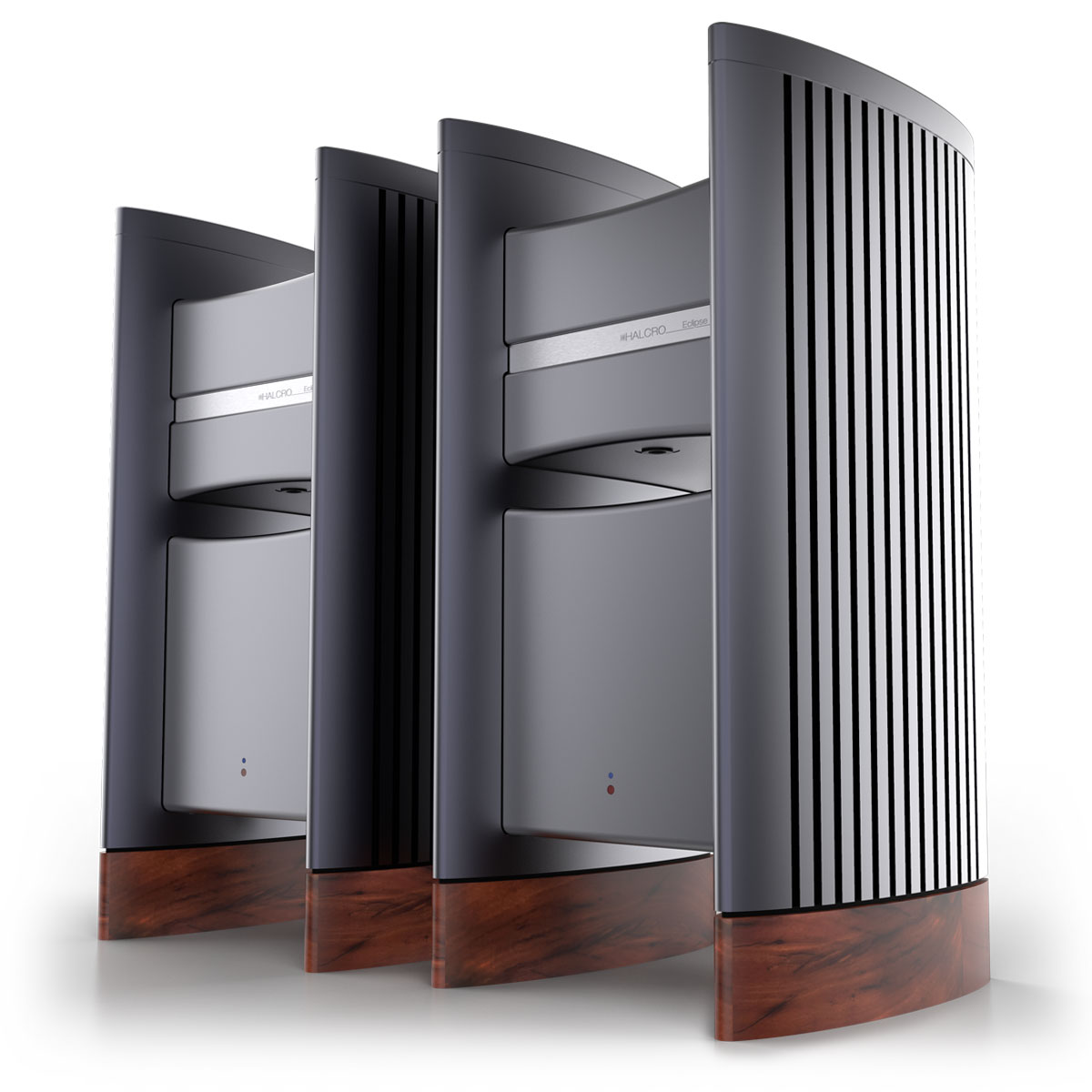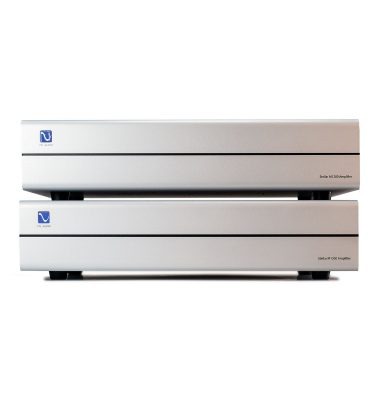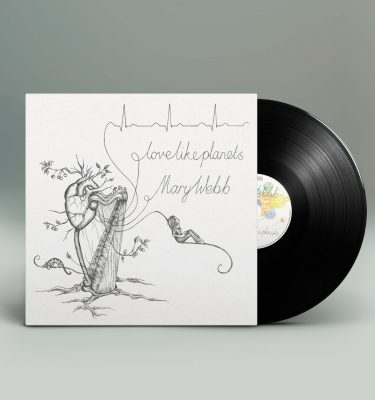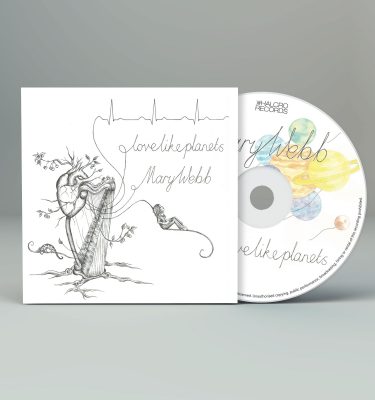Description
The new Halcro team have spent the past couple of years exploring every aspect of the unique platform for possible improvements. We present – the new reference in amplification.
Available in both stereo and mono versions, the Eclipse series is unparalleled in its ability to render details formerly lost in the distortion.
The Eclipse enjoys a completely redesigned input stage, further reducing non-linear effects and distortion. There are multiple independently tracking power supplies, superior internal shielding and higher output power. Finally the Eclipse amplifier offers a new, modern, ‘lighter’ take on the distinctive and award winning Halcro aesthetic. Even this contributes to better performance with the new, machined-from-solid casework reducing microphonics.
Halcro amplifiers offer an unmatched insight into the music. They position everything precisely in the soundstage due to their unique ability to avoid adding ‘ghost’ notes that are thrown into the mix by the non-linear distortion of a conventional amplifier. Lack of distortion aside, one of the many things that make Halcro amplifiers so good is the way they maintain the phase coherence of the signal source. Phase coherence is a measure of the degree to which a system maintains the relative timing of various notes or tones within complex music.
When it comes to driving your loudspeakers musically, the Eclipse has no peer. The Eclipse mono produces 300 watts/per channel into an eight-ohm loudspeaker, 550 watts/channel into four-ohms with a peak power of 2.1kW for the most dynamic of transients.
Beyond all the technology, there is only one thing that matters: the ability to convey the emotion of music!





